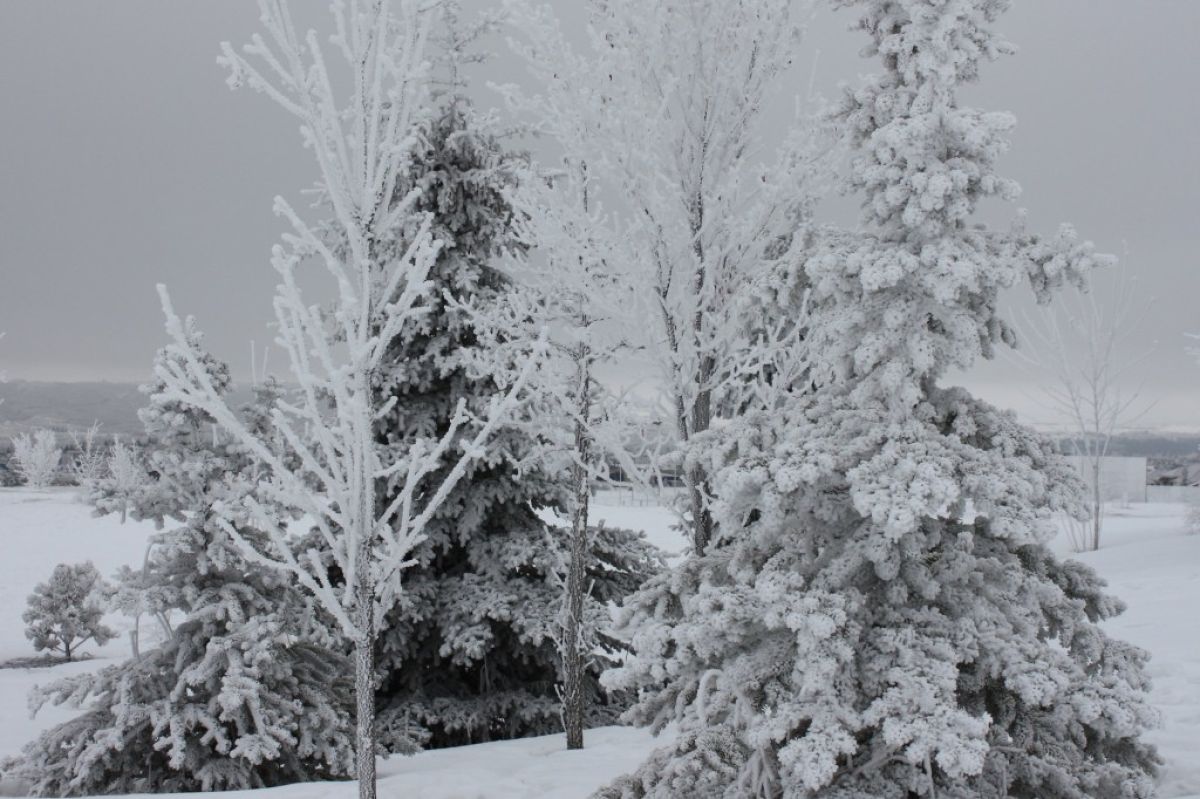Though flowers are no longer in our gardens, they are still in our minds and hearts. But what we see from our windows all through the cold days of winter is our garden’s architectural structure formed by the trees and shrubs that are the long-term residents of our gardens year round.
The trees and shrubs that we select to grow near our home reflect our priorities as well as our preferences. If we love flowers, we choose as many specimens of flowering trees and shrubs as we can.
We also plant native shrubs that provide food and shelter for birds and butterflies and also ensure that there is food for other insects that are essential to maintain our ecosystem.
About one third of our plantings should be evergreen, in order to provide winter interest. In winter, the bareness of the deciduous trees and the minimalist evergreens color scheme allow us to focus on textures, subtle variations in shapes, interesting bark on bare trunks, and varied patterns of branching in tree limbs.
While we miss the colorful flowers, we now notice different aspects and subtle variations in our permanent plantings as snows come and go, and the winter light casts shadows and highlights structures. It provides a chance for us to see what is most pleasing in our simplified landscape, as we wait for next year’s blooms.
This is Moya Andrews, and today we focused on winter landscapes.










